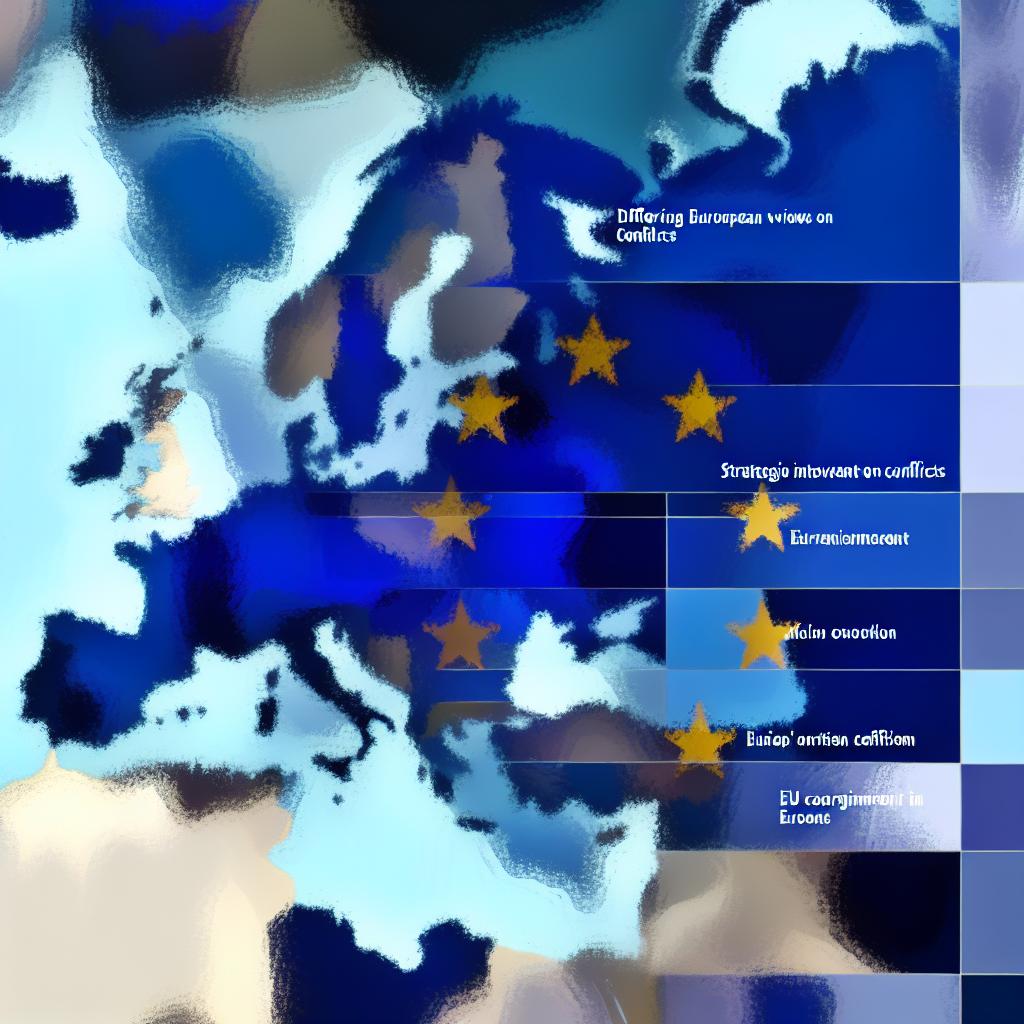The recent EU engagements in the Indo-Pacific, including the third EU-Indo Pacific Ministerial Forum and the 24th ASEAN-EU Ministerial Meeting, highlighted significant differences between European and Asian perspectives. This was particularly regarding ongoing conflicts like the Russia-Ukraine war and the Israel-Palestine conflict. While these meetings showcased Europe's continued interest in the region, some key leaders were notably absent, signaling potential challenges in EU coordination and strategic engagement.
Despite individual member states making strides in the Indo-Pacific, the EU lacks a cohesive approach, hindering its perception as a strategic actor in the region. The EU's Indo-Pacific strategy, while initially promising, has yet to lead to significant strategic reorientation. Efforts such as the EU's inclusion as a dialogue partner of the Indian Ocean Rim Association (IORA) are steps towards more inclusive engagement, but challenges remain in ensuring sustained EU presence and effective collaboration among member states. France has taken a leading role in EU's Indo-Pacific endeavors, but better coordination and burden-sharing mechanisms will be necessary for long-term engagement in the region. Internal divergences among member states pose a significant challenge to a unified EU approach, underscoring the complexity of EU's Indo-Pacific strategy.

Source: INKSTICK





